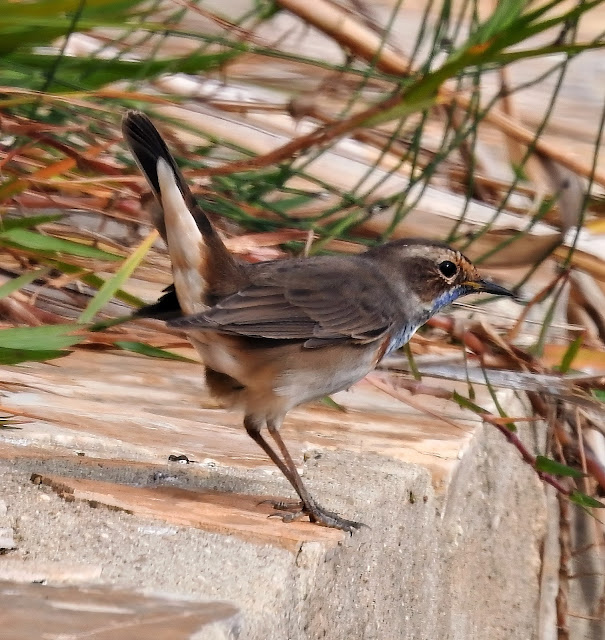The Painted Lady butterfly and other insects are part of a class of invertebrates within the phylum Euarthropoda, including arachnids, myriapods, and crustaceans. Arthropods have an exoskeleton, segmented bodies, and jointed appendages.
The Painted Lady butterflies are one of the brush-footed butterflies (family Nymphalidae), also called four-footed butterflies. They have a five to nine-centimeter wingspan and live for about two to four weeks.
Painted Lady butterflies are found on every continent in the world except Antarctica and Australia.
In the wild, the females lay about 500 eggs in their short 2-4-week lifespan. To put that in perspective, the best laying chicken breeds can only lay about 5-6 eggs per week. Ok, they’re fundamentally different species, but 500 butterfly eggs are still impressive for the lovely little lady.
During migration, the Painted Lady species travels a phenomenal 9,000-mile round trip from tropical Africa to the Arctic Circle! 1 Sorry North American Monarchs, that's almost double the distance of your significant migration.
We think of a cuticle as something on our fingers and toes, but that word refers to the skin (exoskeleton) on caterpillars. The exoskeleton is made of a biomaterial called chitin (fact #9 below explains the cool way chitin also affects butterfly wings). Chitin is one of the most important biopolymers in nature.2 It's the same biomaterial that lobsters, crabs, and other arthropods use in their hard exoskeletons. Strong hydrogen bonds between the chitin chains give chitin exceptional toughness, protecting the caterpillar’s soft insides until it goes through metamorphosis. Or in the case of the lobster, protecting its succulent flesh until it turns into our buttery, gourmet dinner! Being that tough means that chitin doesn't stretch with growth, so caterpillars and other arthropods periodically shed their exoskeletons, i.e., they molt.
The larval stage of the Painted Lady butterfly is about 5 to 10 days. The caterpillars will eat and eat and eat; after all, how else are they going to turn into gorge-ous butterflies? Caterpillars can consume 200X their birth weight in less than two weeks. They will increase their body mass by as much as 1,000 times or more during this stage. Imagine a seven-pound newborn child consuming 1400 pounds of formula in two weeks.3 As the caterpillar grows, its skin gets too tight, triggering a hormone (ecdysone) that regulates the molting process. A caterpillar changes its skin about four times before it's fully grown and ready to go into the chrysalis stage. And, no surprise, the voracious caterpillar doesn't just shed that skin; it digests and reabsorbs most of it. What an appetite!
Like spiders, caterpillars produce silk through a "spinneret." This tube-like structure is located on the lower side of the caterpillar's mouth. The caterpillar excretes liquid silk from its salivary glands then through the spinneret. When the liquid hits the air, it turns into a solid silk strand. Silk is one of the strongest natural fibers – it's said that pound for pound, silk is stronger than steel. Although, the spider's silk is stronger than not just steel, but also Kevlar! 4 If you have a butterfly habitat, you can observe them attach to the roof before forming a chrysalis. The caterpillar uses silk from its spinneret to secure itself and build its chrysalis.
Butterflies use complex structures called photonic crystals to scatter light and create that distinctive iridescent look.5 Scientists used powerful X-rays at the Advanced Photon Source at Argonne to get a unique look at the structure of the tiny crystals that make up butterflies' wings. The results show us how the wings get their iridescent, brilliant colors. "We also found tiny crystal irregularities that may enhance light-scattering properties, making the butterfly wings appear brighter." These "defects" grow as a result of the chirality —the left or right-handedness—of the chitin molecules from which butterfly wings are formed," said co-author Ian McNulty, an X-ray physicist with the Center for Nanoscale Materials at Argonne.


%202.jpg)
%203.jpg)
%201.jpg)
%201.jpg)










%201.jpg)







%2010.jpg)
%2010.jpg)
%2010.jpg)

%201.jpg)
%202.jpg)


%201.jpg)







%201.jpg)
%202.jpg)
